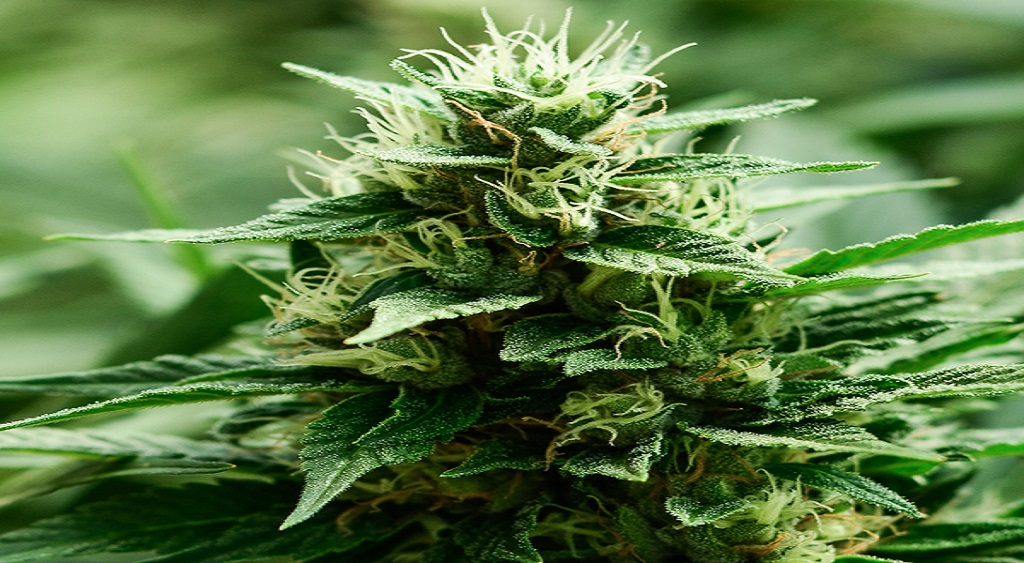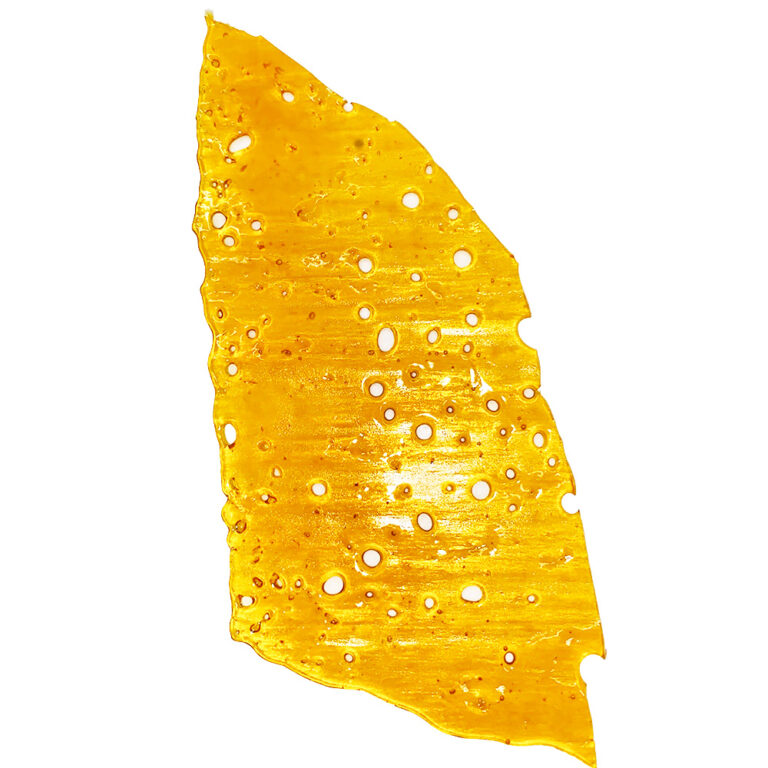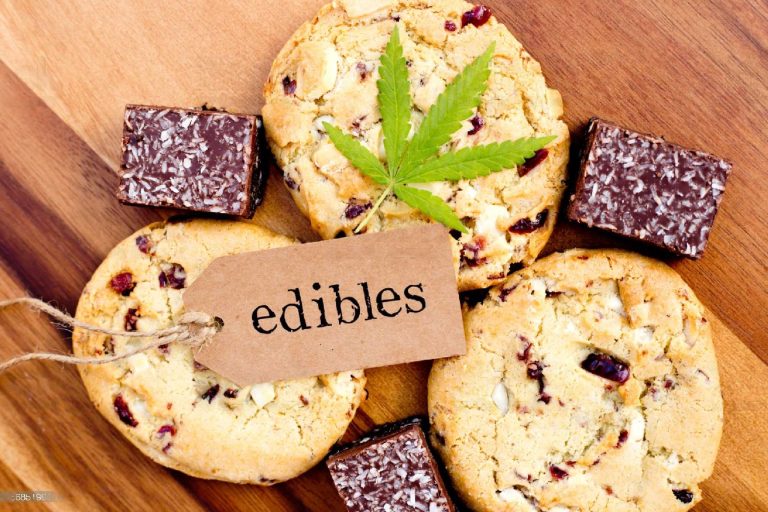
When you get into cannabis culture, you’ll find yourself immediately confronted with three categories: sativa, indica, and hybrid. Every strain of flower, vape, pen, and sometimes even edibles will list one of these categories on the label. Whether you buy Sativa online in Canada, indica, or a mix between the two – it is valuable to know their characteristics.
Knowledge is power. When it comes to cannabis, it’s especially valuable to know how sativa, indica, and hybrid help describe the medicinal and recreational effects. And you might be surprised to find out,
Sativa, Indica, Hybrid, Not What You Thought
Most of us have grown up hearing about these three types of cannabis. You know sativas are supposed to give buzzy, sociable, and energetic highs, and that indicas are good for night time and chronic pain relief. Hybrids sit somewhere in the middle, a combination of the two polar opposites.
What if you were to find out these labels don’t describe the effects, but rather the cultivation characteristics of cannabis? Over the last decade or so, medical researchers and plant scientists have discovered there is no rhyme nor reason to what makes an indica feel like an indica and a sativa feel like a sativa.
The terms indica and sativa don’t necessarily describe the chemical makeup of the weed strain, and therefore the effects. Instead, it helps explain the genetic heritage and characteristics a grower would want to know about. For example, and indicas are short and bushy and sativas are tall and fruity.
For a long time, we have all believed that indicas will make us sleepy, and sativas help us clean the house. But scientists know better. Despite the significant study, they haven’t discovered any cannabinoid-based evidence for this. An indica flower may have remarkably similar cannabinoids and terpenes to that of a sativa, and vice versa.
Over the millennia, cannabis has moved back and forth across the world. Hundreds of thousands of cultivations later, it’s a safe bet to say that most strains today are a hybrid of some sort. Its why when researchers examine the cannabinoid profiles of a selection of strains, they cannot find any pattern. There are no cannabinoids that differentiate a sativa from an indica, which means nothing truly differentiates the effects.
So what is the difference then?
What is Sativa?
The long-held belief about sativas is that they give you energy. Sativas are supposed to promote an upbeat and social energy—producers market these as the perfect day-time medicine and best for parties. Is this true? Only some of the time.
Sativas all come from hot, humid, and tropical environments. This lineage evolved in jungles, which were mostly dark, damp, and biologically competitive climates. They grew tall to help compete with the other jungle plants, and help capture as much sunshine as possible. Sativas also tend to produce loose buds and a spaced-out leaf structure, which helped released excess moisture in the jungle.
Interestingly, many sativas smell tropical. Many have a sweet aroma, with citrus and fruity undertones. Think Blueberry AK and Mimosa.
What is Indica?
Again, the long time assumption about indica is that they are sedatives. Many people assume they create a couch-lock effect and lovingly refer to indicas as “in-da-couch.” While this might be true for some varieties, don’t be surprised if an indica hits you quite differently.
If we want to talk about cultivating indicas, you can expect a short, stocky plant. The indica genetics evolved in high mountain valleys, and harsh environments. They have very short growing seasons, which reflects the short summers of the Himalayas. Their buds are usually densely packed, as a way to protect the flowers against the harsh elements of the mountain passes.
Indicas tend to smell like their alpine environment, which means earthy, hoppy, and piney. Some of the most famous indicas have a Kush or afghani lineage. A few popular examples include Purple Kush and Mendo Kush.
What is a Hybrid?
As you might expect, a hybrid is a unique combination of a sativa and an indica. As long as humans have been cultivating cannabis, they have been breeding it to capture the best properties. In the last few decades, breeders have been almost exclusively focusing on producing strains with extremely high THC levels. But nowadays, cultivators love to create unique strains with delicious flavor profiles and minor cannabinoids.
Most flower products are hybrids these days, which is why you see “indica-dominant” or “sativa-dominant” on the labels. Some product descriptions will also capture the percentage, such as “60% Sativa and 40 percent indica.” Based on what we know about plant genetics, these details might only help describe the way the plant looks, instead of its effects.
Modern breeders can make magic happen these days. With a little time, a lot of genetic mapping, they can make a bubba kush into a CBD-rich Bubba Kush. They can make even the tallest sativa grow like an indica for indoor operations. Hybrids are the reason there are thousands of different strains on the market today. Some of the most popular hybrids include Tuna Kush, and Gods Green Crack.
What to Know About Buying Sativa, Indica, and Hybrids in Online Canada
If you buy sativa online in Canada and have never tried the variety before, be open to the experience. You might find it’s a lot sleepier and sedative than you imagined, or more energic and bubbly. Just because a strain says it’s a sativa, doesn’t mean you can always expect a sativa-like effect.
But, everyone experiences cannabis differently. The same dose that works for you might not work for your friends. The many effects of cannabis still mystify most scientists.
If what we thought we knew about sativa and indicas turned out to be false, what was the best way to choose a strain? If you are shopping for cannabis online, ask around for advice. Chat with friends, reach customer reviews, and ask customer service. But the best way to determine the recreational and medicinal effects? Give it a go!



